Digital Technologies Coordinator's Toolkit
The Digital Technologies Coordinator's Toolkit gives you all the tools you need to establish excellence in computing at your school, in one place. It's packed full of practical documents that no school should be without. Whether you're a new coordinator, or more experienced and looking to take your computing program to the next level, you're sure to find what you need right here.
Existing subscribers to Purple Mash have full access to editable versions of the toolkit here.
What's included

Acceptable use agreements for EYLF, F-Y2, Y3-Y6, Parent/Carer and Staff

Action plan example

Action plan template

Audit of Digital Technologies

Digital Technologies policy

Glossary of online safety terminology

Students voice digital technologies EYLF

Students voice digital technologies F-Y2

Students voice digital technologies Y3-Y6

Progression of skills: years 1 to 6

Progression of skills: individual year groups

Progression of skills: large wall display

Progression of skills: individual statements

Welfare officers poster - 2 editable formats

Self-evaluation

Staff online safety survey

Teachers and support staff Digital Technologies survey

Tips for Digital Technologies coordinators
Take a closer look inside
Scroll on for more information about each of the documents included in your download.
Acceptable use agreements
These are essential in helping to establish a shared safe practice school culture. There are separate documents for:

EYLF (ages 3 to 5) - easily adapted for display in learning environments

F - Y2 (ages 5 to 7)

Y3 - Y6 (ages 7 to 11)

Parents and carers

Staff
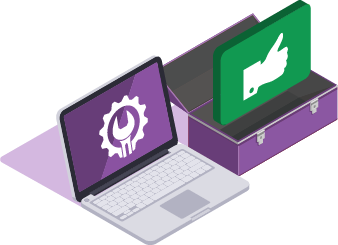
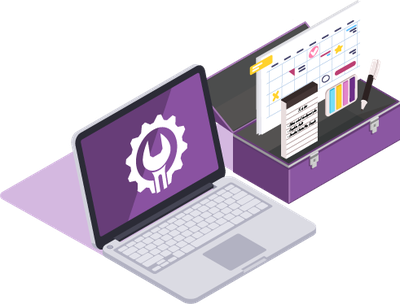
Action plans
Action plans which contain concise and achievable actions will help Digital Technologies Coordinators demonstrate better impact. They should always consider the overall current position of a school and a school’s aims for the academic year.
The toolkit includes:

An example action plan containing guidance on how to formulate a successful plan, that you can edit to suit your needs

A template action plan for computing leaders without a set proforma
Audit of Digital Technologies
Auditing Digital Technologies will help you gain a better insight into strengths and weaknesses. Audits should be used to help support formulation of key actions for the Action Plan and measure impact of existing actions.
The toolkit contains a comprehensive set of questions to probe strengths and weaknesses of computing with space to formulate key actions.
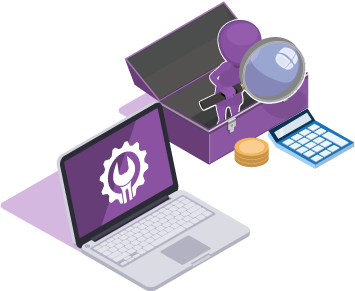

Digital Technologies policy
Every school needs a Digital Technologies policy, created in collaboration with senior leaders and nominated safeguarding staff.
This example policy is the ideal starting point and easily adapted to your school's needs.
Glossary of online safety terminology
Staff should have a good understanding of online safety. Their knowledge of current terminology and current trends should be secure in order to help them spot potential risks to children.
This glossary is a poster, designed for use in staff only areas.
Student and parent/carer voice
Understanding Students’, parents’/carers’ experience and knowledge of Digital Technologies and online safety is a must. The frequency and method of gaining insight from these important school stakeholders should be agreed with senior Coordinators.

Student Voice Digital Technologies EYLF - A proforma aimed at children aged 3 to 5.

Student Voice Digital Technologies F-Y2 - A proforma aimed at children aged 5 to 7.

Student Voice Digital Technologies Y3-Y6- A proforma aimed at children aged 7 to 11.

Student Voice Online Safety F-Y2- A proforma aimed at children aged 5 to 7.

Student Voice Online Safety Y3- Y6- A proforma aimed at children aged 7 to 11.

Parent/Carer Voice Digital Technologies and Online Safety - A proforma for parents/carers.
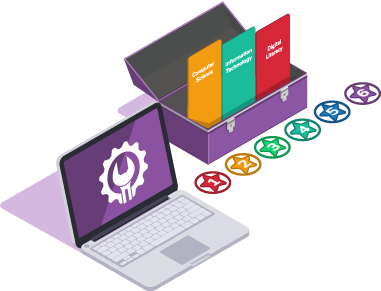
Progression of skills
Having clearly-defined skills to be learnt in each teaching session supports teachers in delivering high-quality lessons that lead to high-quality outcomes for all learners. Furthermore, this supports greater precision when assessing pupil performance. The toolkit contains:

Progression of skills: Years 1 to 6

Progression of skills: individual year groups

Progression of skills: large wall display

Progression of skills: individual statements
Welfare officers poster
Does everyone know who the safeguarding team are in school? Would visiting teachers know who to go to with a concern? Having visual posters with images and contact details of the Welfare Team is reassuring and ultimately, good practice.

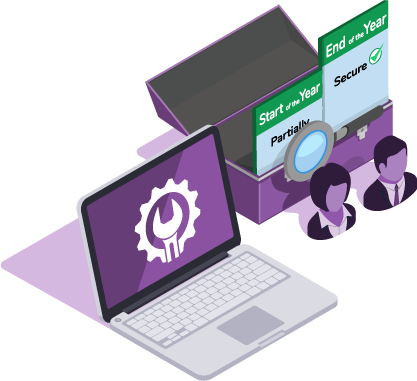
Self-evaluation
The more reflective a leader is, the more standards in their subject will be driven forward.

Help with self-reflection

Use as supporting evidence for appraisals
Staff surveys
Understanding staff capability and overall knowledge will help a Digital Technologies Coordinator grasp a clear picture of which areas need attention. Whenever surveys are conducted, strong emphasis should be placed on staff being as transparent as possible with their responses.
The toolkit contains:

Staff online safety survey

Teachers and support staff Digital Technologies survey
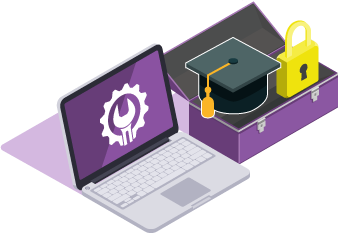

Tips for Digital Technologies coordinators
A quick-start set of tips which are designed to be kept in a Digital Technologies coordinator's file.